Carson's Field Northern Territory 1942. Renamed RAAF Base Tindal. Operational with Hornets in 1988.
Introduction.
With Japanese air raids on Darwin growing in frequency in 1942, it was decided to build an airfield 17 kilometers from Katherine and some 320 kilometers South East of Darwin. It would be more remote and judged to be safer for the B-24 Liberator bombers planned to operate from this new field.
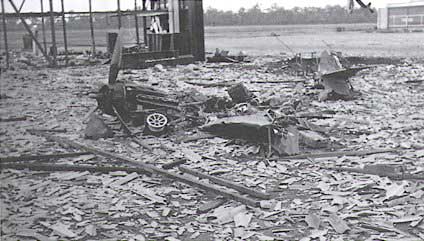
Remains of a Kitty Hawk aircraft Darwin,
after Japanese Air raid in February 19th. 1942.
The 43rd. Engineer General Service Batallion.
The 43rd. sailed for Australia from the US on the 23rd. of January 1942, with its heavy equipment planned to follow in three weeks time. They landed in Melbourne on the 26th.February 1942 commanded by Lieutenant Colonel Heston R. Cole.
Construction of airfield commences.
On the 25th. April 1942, the 1st. Batallion of the 43rd. Engineer General Service Regiment arrived at Katherine to build Carson's Field ( named I believe after the American Explorer Kit Carson ) they were to be assisted by the Civil Constructional Corps, made up of Australian men drafted from the Main Roads Department.
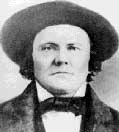
Kit Carson.
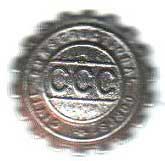
Civil Constructional Corps lapel badge made of pressed iron-like metal about 3cms in diameter.
The following September the work was still not finished, but the airfield camp was completed and was occupied by No.5 Replenishing Centre.
Work at the field dragged on, still going in mid 1944, it had been planned to operate B-24 Liberator Bombers here, but the war had swiftly moved northwards away from Australia, and the plan to use B-24's here was no longer viable. In fact Carson's Field never heard the ominous rumble of four engined bombers warming up prior to take off. No aircraft ever flew from Carson's Field.
Carson's Field renamed.
Carson's Field was renamed Tindal Base RAAF, for Wing Commander Archibal R. Tindal who flew one of two Wirraways in an unsuccessful attempt to attack Japanese aircraft that bombed Rabaul in January 1942. In February 1942 Tindal was the Armament Staff Officer, at Headquarters, North-Western Area in Darwin.
When the Japanese raided RAAF Base Darwin, on 19 February 1942, Wing Commander Tindal operated a Vickers machine gun in a slit trench. A Japanese fighter aircraft killed Tindal with a burst of cannon fire. It is understood that he may have been the first RAAF servicemen to be killed in action on Australian soil. A street in Katherine has also been named after Wing Commander Tindal.
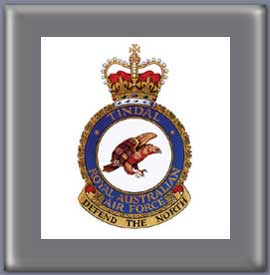
Tindal Base RAAF Crest.
No. 5 Airfield Construction Squadron RAAF.
Tindal airfield was rebuilt as a bare base by No.5 Airfield Construction Squadron over 1963 -1970, RAAF Base Tindal opened on October 1st.1988 as an operational air base with F/A 18 Hornets using the facility.
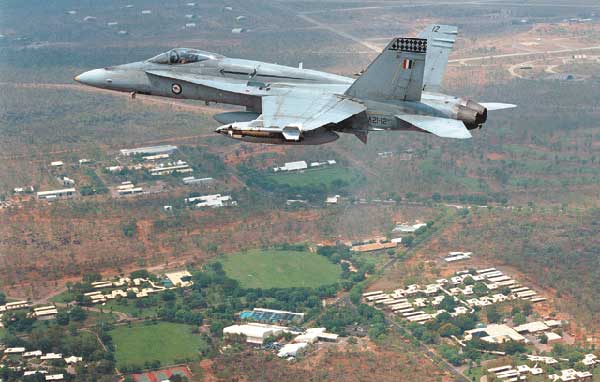
F/A 18 Hornet.
At long last the runway heard the howling blast of jet engines as the after burners cut in after take off.
The asphalt runway is some 2,744 metres long.
Welcome to Tindal see URL: http://www.defence.gov.au/dco/documents/Tindal06.pdf
Bibliography.
Wikipedia Web Site.
Peter Dunn's Web Site.





